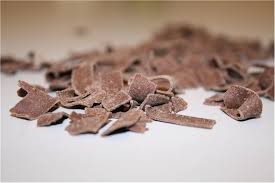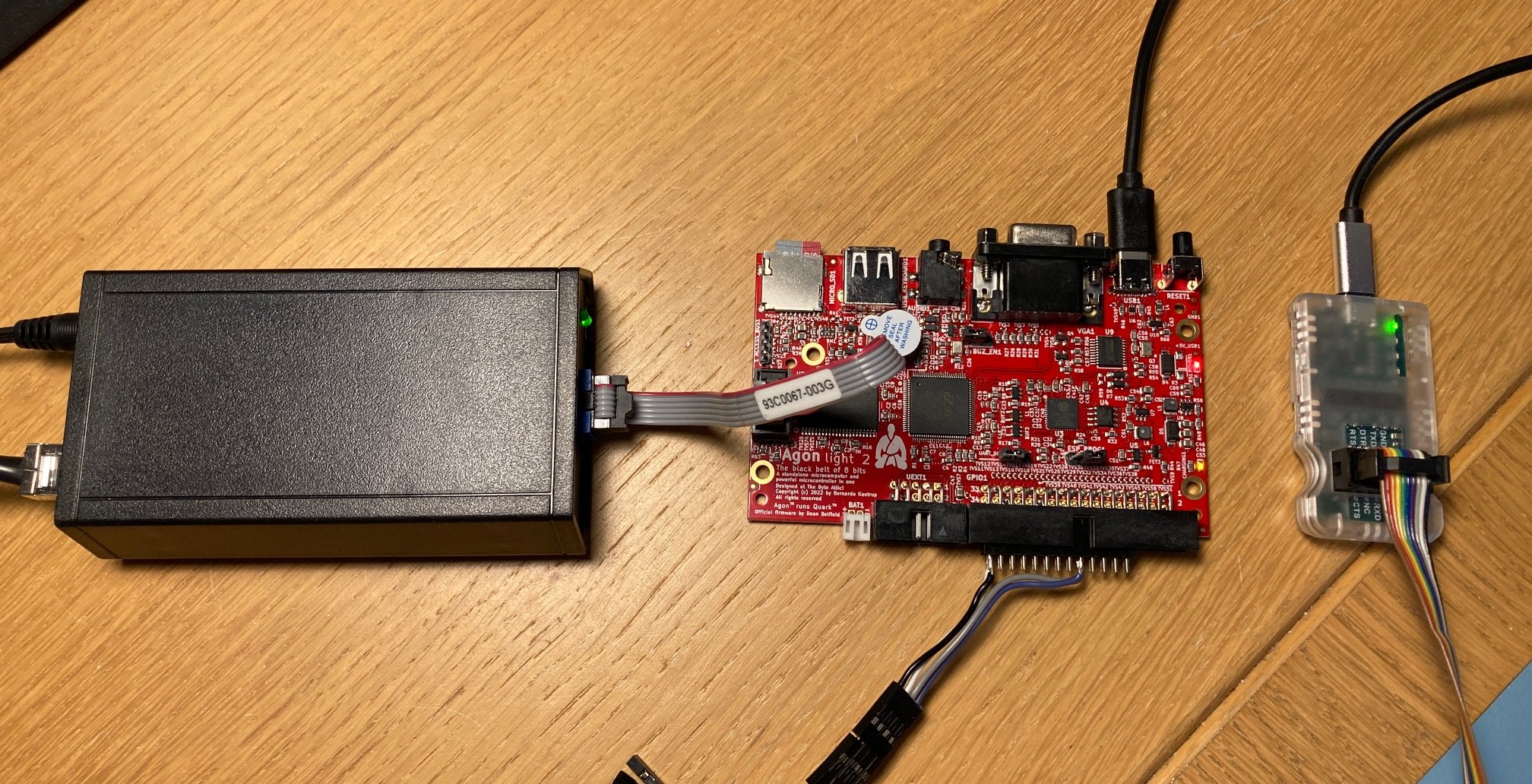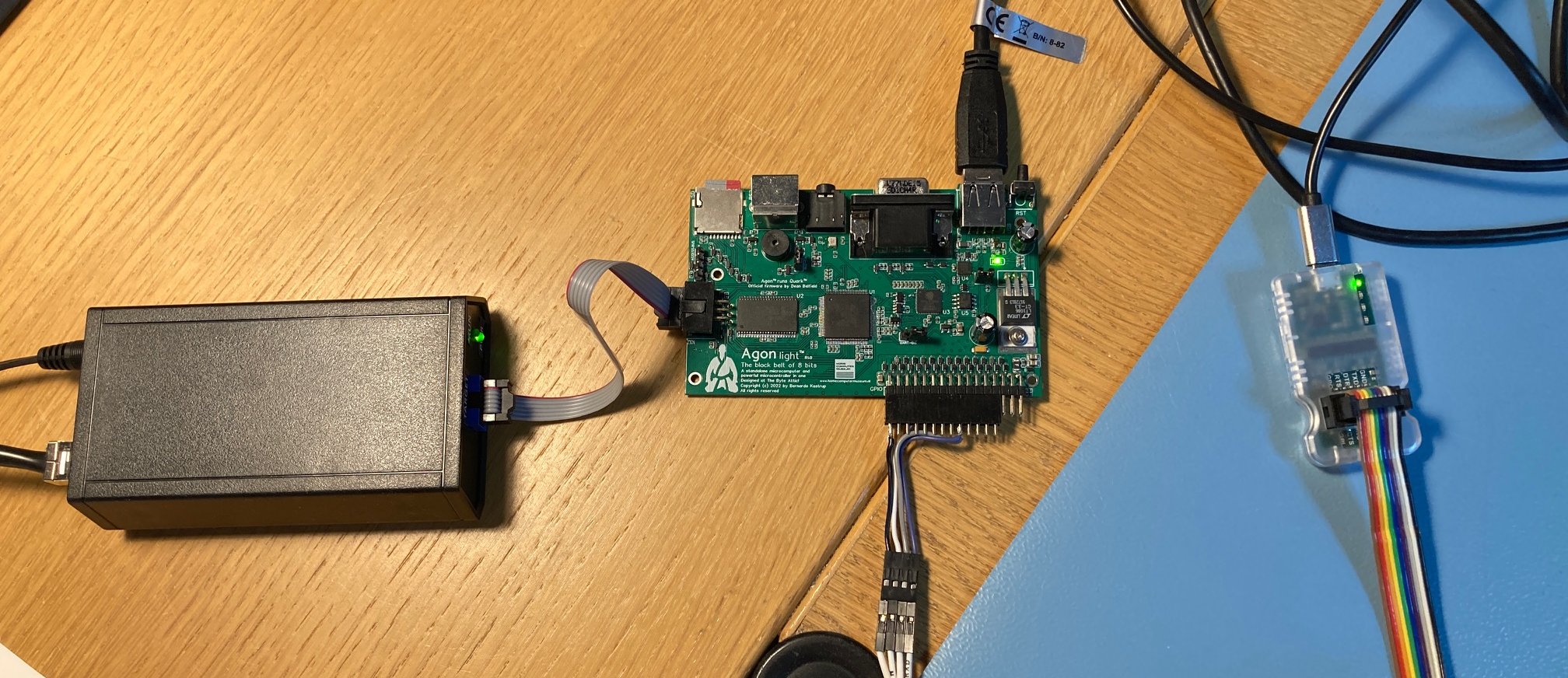
A few blog posts ago, I documented how I created a Linux System for the STM32MP157F-DK2
board. It wasn’t such a pleasant experience. Although tiny compared to desktop or server
Linux Systems it’s still huge and consumes a lot of resources just to be able to run. You
also get quickly lost in all the packages and scripts that let everything work together.

Having had some hands-on experience now with the SSD1963 display I was
somewhat disappointed in the performance. That should not have surprised
me since there are a lot of pixels to be moved around with 24 bits
colour depth. That’s roughly 1 MByte of memory that needs to be addressed
with a humble 8 bits CPU. Even when it would run at 50 MHz, optimized
assembly code is required and tricks to get the optimal results. And even
then it probably would disappoint. There is a reason why our old…
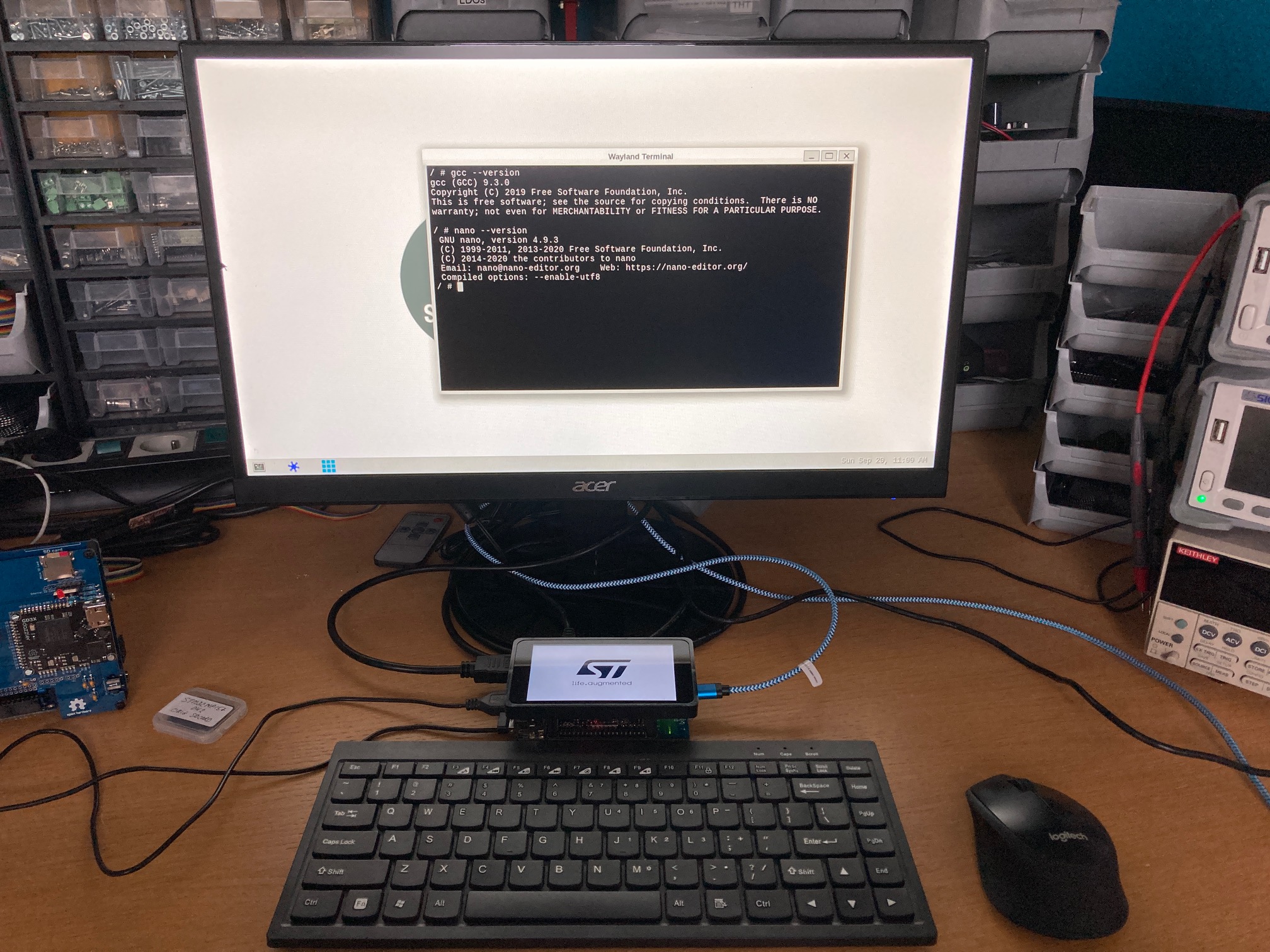
This blog post details how you can build and flash the ST Linux system
to a SD Card.
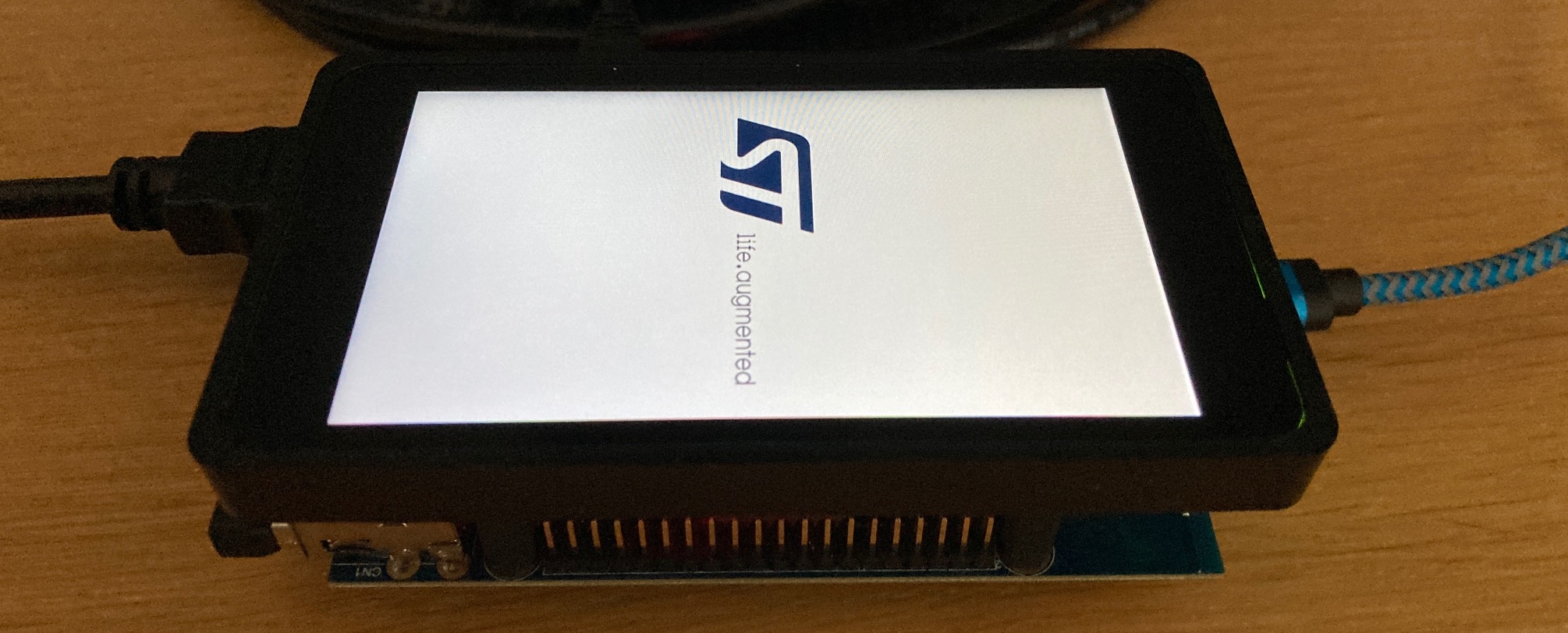
As an intermezzo, something totally different this time and the complete
opposite of the retro chips adventures of the last few months.

Now that my terminal works, it’s time to put it into a nice enclosure. And what
better enclosure than a replica of the DEC VT100 terminal? After all, this is
the terminal that introduced the famous ANSI terminal codes which are still in
use today.

